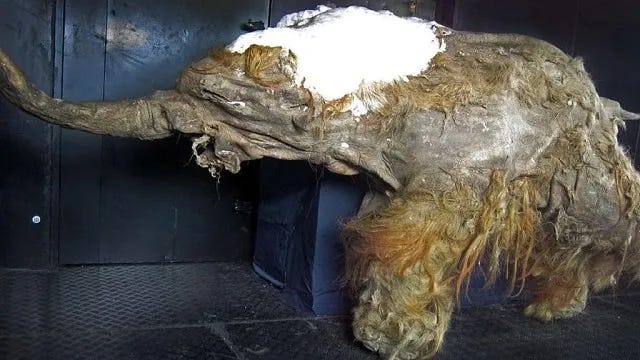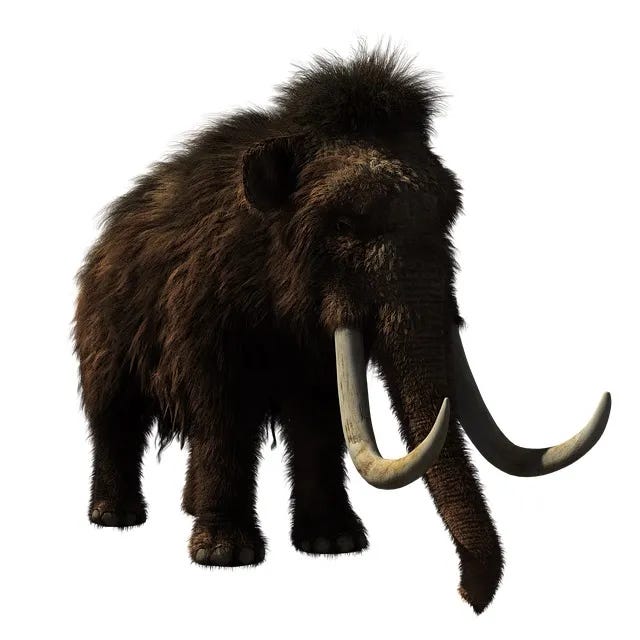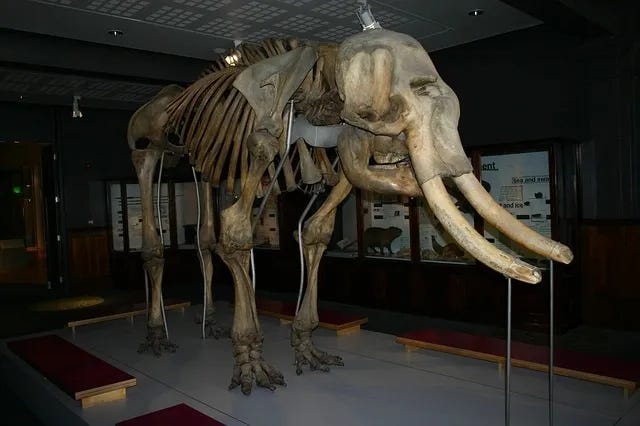Reviving Woolly Mammoths: Science's Bold Adventure
Written on
Chapter 1: The Quest for Resurrection
A group of researchers is on a mission to bring back one of the most fascinating creatures to have roamed the Earth: the Woolly Mammoth. Their goal is to gather the necessary DNA to potentially revive this colossal mammal. A notable team from Japan initiated their studies by extracting cells from a 28,000-year-old frozen mammoth specimen and introducing them into mouse cells.

The project is gaining traction, drawing increased funding and public interest. In 2011, a remarkably preserved mammoth was uncovered in Siberia, leading to a concerted effort to study and preserve this specimen. By 2019, advancements in research were evident, and while the journey to resurrect a mammoth is lengthy, progress is being made. There are still many hurdles to overcome, including successful cell division, before we can see a living mammoth once more.
Amidst the excitement, there are also concerns. The idea of science "playing God" raises ethical questions, especially since ecosystems have been established in these regions. Introducing a mammoth could disrupt these existing habitats. Currently, many view the notion as far-fetched; Kei Miyamoto, a member of the research team at Kindai University in Japan, emphasized that they are still far from successfully recreating a mammoth.
In this video, a biotech company discusses the exciting possibility of bringing the woolly mammoth back to life in the near future.
The team has utilized five different cell nuclei from the extinct mammoth, all of which exhibited biological responses akin to those occurring just before cell division. However, none have yet achieved the crucial cell divisions necessary for a mammoth's revival.

The last woolly mammoths walked the planet over 4,000 years ago, with scientists attributing their extinction to hunting and climate change. Kindai University is actively collaborating with other institutions in Japan and Russia to further this research.

Imagining a majestic woolly mammoth roaming the Earth again is captivating. Estimates suggest that an adult male mammoth could stand between 9 to 11 feet tall and weigh around 6 tons. "Despite the time that has passed, cellular activity can still occur, and parts of it can be recreated," Mr. Miyamoto noted.
According to the team’s statements, their research aims to explore and assess the biological functions of nuclei from extinct species. The potential benefits of this research are unknown, but it certainly opens up a world of possibilities for the future.
For $5 a month, you get unlimited access to everyone’s stories.
Sign up through my link, I’ll earn a small commission.
Read more of my content here.
This short video explores the intriguing efforts to bring the woolly mammoth back to life.